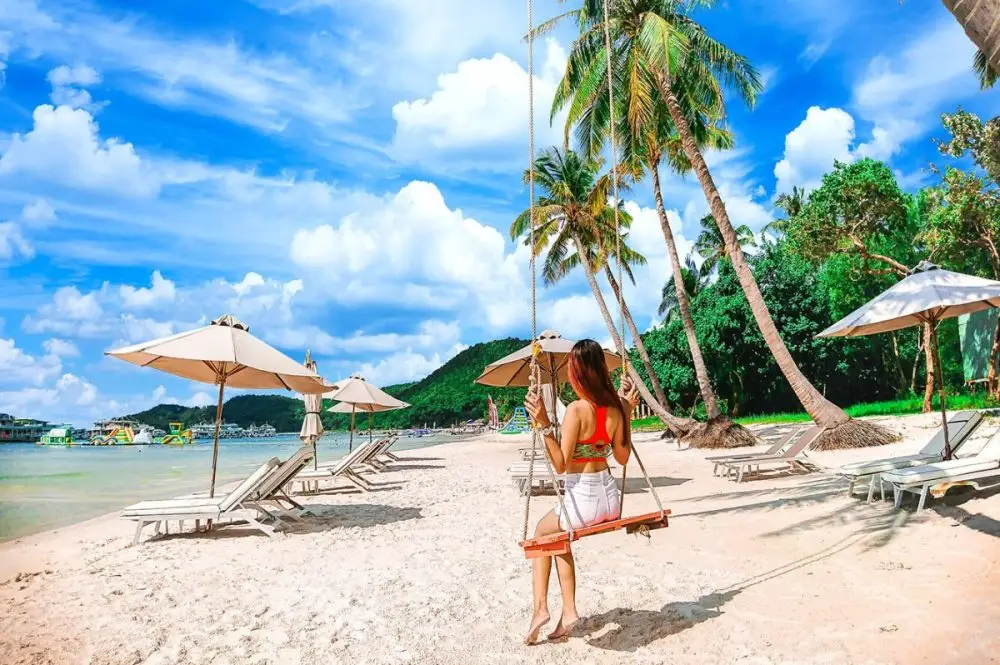Packing for a trip means playing by the rules of the airline. From precise dimensions to the composition of the bag — everything is under control. To avoid extra expenses and questions during security check, it is important to clarify in advance what can be taken in carry-on luggage on the plane and pack only the permissible items. Studying the regulations once can save you tens of euros and hours of travel time.
Under the Seat Dimensions: Where the Boundary of Permissible Lies
The standard for most airlines for carry-on luggage is dimensions within 55×40×20 cm. Such size fits in the overhead bin and under the front seat.

Low-cost carriers have stricter requirements: Ryanair limits the dimensions to 40×20×25 cm — even a laptop in a separate case raises questions.
The size of carry-on luggage often affects the fare: the cheapest packages only allow a small backpack that does not exceed the dimensions of the under-seat space.
Anything exceeding the permissible dimensions is sent to checked baggage or charged as excess baggage.
Weight Control of Carry-On Luggage
Most carriers limit the weight of carry-on luggage to 7–10 kg. Emirates allows 7 kg, Lufthansa — 8 kg, and Turkish Airlines — 8 kg + 4 kg for an additional bag.
Passengers who exceed the limit risk paying up to 60 euros for a few extra kilograms. To save money, it is recommended to weigh your suitcase or backpack in advance and use portable scales.
Among the regulations is only one item allowed in hand. Additional gadgets, electronics, or items from duty-free may fall under the category of excess baggage. Even 200 grams over — and it starts being registered as paid baggage.
Prohibited Items in Carry-On Luggage
Metal forks, scissors with blades longer than 6 cm, aerosols, razors with open blades — confiscation of such items occurs regularly.
The absolute ban includes:
- sharp and cutting objects of any length (including pocket knives);
- large liquids — bottles over 100 ml (including water, shampoo, lotion);
- gas canisters, diving cylinders, and camping stoves;
- sports equipment (barbell bars, bats, clubs);
- self-balancing devices (hoverboards, Segways);
- lithium-ion batteries over 100 Wh without carrier’s permission.
In 2023, Dubai Airport confiscated 14 tons of prohibited items in just May. The reason — non-compliance with safety standards and careless attitude towards instructions.
Liquids, Medications, Baby Items: Rules of Leniency
Liquids in carry-on luggage are allowed, but with restrictions. The maximum volume of one bottle is 100 ml, all products — in a transparent bag with a volume of up to 1 liter.
Exceptions include medications, baby food, formulas, and infant water. With a prescription or a child present — transportation in the necessary volume is allowed.
Important: at security check, you are required to show everything that flows, foams, or sprays. Even expensive cosmetics with altered volume may end up in the trash.
What can be taken in the aircraft cabin when it comes to children: formulas, diapers, creams, bottles — without restrictions. The main thing is to pack transparently and present upon request.
Electronics and Devices: Permissible Limits
What can be taken in carry-on luggage on the plane when it comes to electronic devices directly depends on power and compactness. Allowed: smartphone, tablet, laptop, e-reader, headphones, mouse, charger.
Each device undergoes separate X-ray screening. In some airports, you are required to remove all electronics from the bag or suitcase and place them in a separate tray.
Portable chargers (Power Bank) are allowed in the cabin — with a power of up to 100 Wh. Up to 160 Wh — with airline approval. Above that — strictly prohibited.
The same rules apply to cameras and camcorders. It is safer to pack the equipment in a soft case and not exceed the weight limits of carry-on luggage.
Special Categories: Sports, Health, Children
What can be taken in carry-on luggage on the plane in non-standard situations, such as sports, medical treatment, or traveling with a child? The answer depends on the regulations of the specific carrier.
For sports: compact items are allowed — heart rate monitors, swimming goggles, headlamps. Sports nutrition — in factory packaging and up to 100 ml in volume.
Medications — in original packaging. Liquid forms (drops, sprays, injections) are transported with a prescription or medical certificate. Syringes require explanations and supporting documents.
Children’s items — are subject to lenient conditions. Allowed: formula, water bottle, toys, diapers, wipes. Most airlines do not count this set towards the total carry-on limit.
Financial Aspect: When Carry-On Luggage Becomes an Expense
Violation of transportation parameters often leads to payment. A case in Frankfurt Airport: a passenger paid €75 for an additional bag weighing 9.2 kg with a limit of 8 kg. The cost of excess baggage varies: Ryanair — from €20, Wizz Air — from €35, Lufthansa — up to €100 depending on the destination.
To save money, people practice:
- selecting a tariff with carry-on luggage included in advance;
- using lightweight suitcases or backpacks made of modern materials;
- transferring heavy items to clothing pockets (within the permissible limits);
- moving some items to duty-free bags if the rules allow.
A thoughtful preparation for the flight eliminates unplanned expenses at the packing stage. A competent approach to forming carry-on luggage allows you to avoid additional charges and save your budget.
From Check-In to Boarding: Where Checks Are Conducted and How to Act
The first stage is check-in. Often, staff visually assess the dimensions of the bag and, if in doubt, suggest inserting it into a sizer. If it doesn’t fit — it goes as checked baggage for a fee. During security check, the contents are inspected: scanned for liquids, prohibited items, and devices exceeding the power limit.
During boarding, some airlines additionally collect oversized bags when the plane is fully loaded — they are sent to the baggage compartment for free or for a fee (depending on the fare).
What can be taken in carry-on luggage on the plane to avoid troubles: only what is allowed, verified, and in compliance with the regulations.
What Can Be Taken in Carry-On Luggage on the Plane
The list of permitted items is limited not by name, but by parameters. It is important to consider the capacity, dimensions, and necessity of using each item during the flight.
The allowed set includes:

- documents, money, bank cards;
- mobile phones, tablets, laptops, headphones;
- cameras and cameras without tripods;
- chargers and Power Banks up to 100 Wh;
- odorless food and liquids (sandwiches, nuts, bars);
- medications, vitamins, sprays — up to 100 ml in packaging;
- books, magazines, notepads;
- light outerwear, blankets, accessories;
- small souvenirs and gifts;
- purse, briefcase, or compact backpack as a personal item.
Even in this list, there are pitfalls. For example, a Power Bank above the permissible volume requires approval from the airline.
What Can Be Taken in Carry-On Luggage on the Plane: Clear Boundaries
Understanding the limitations provides freedom of movement. Strict compliance with the norms is a guarantee of peace at security and comfort during the flight. What can be taken in carry-on luggage on the plane is not a list of prohibitions, but a set of possibilities. Everything that meets the parameters and rules becomes a reliable companion on every journey.
 en
en  ru
ru  ar
ar  de
de  es
es  fr
fr  nl
nl  hi
hi  it
it  pt
pt  el
el 













